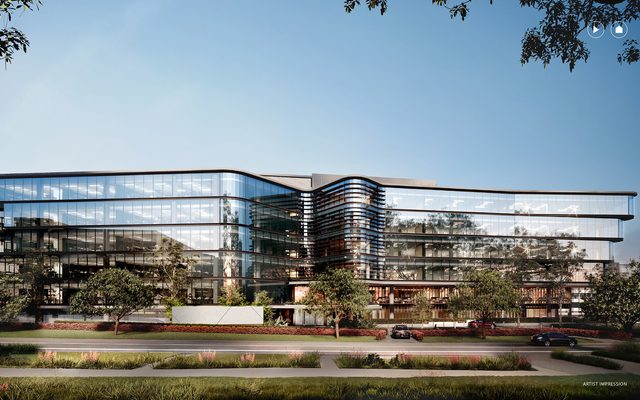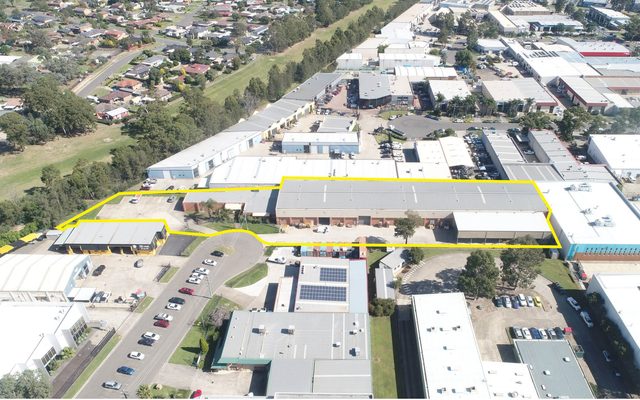This article is from the Australian Property Journal archive
APPROXIMATELY 300,000 sqm of office space leases will expire in the 18 months and CB Richard Ellis says the winners would be owners who can offer incentives.
CBRE’s office services director Jenine Cranston said Sydney’s office market has shifted vastly in 12 months as business conservatism has put the brakes on the leasing market.
She added that the volume of tenant requirements is noticeably lower than the same period last year.
On CBRE’s estimates, close to 300,000 sqm of lease expiries will occur in the next 18 months and almost half are tenants over 4,000 sqm.
Cranston said these tenants would need to make decisions in the short term or risk missing out – a factor which could spur some increased activity in the leasing market.
But at the same time, she said in this conservative environment, the winners would be building owners who were able to offer cash incentives or provide creative solutions for tenants.
“The overall fundamentals remained sound, with the city’s vacancy rate at particularly low levels and little new supply on the horizon. But there remained a big gap between incentive levels and the cost of a new fitout, and even motivated tenants were facing issues with accessing credit for business relocations, fit outs and expansion plans.
“There is a need for creative deal making, providing solutions of how to get around the reluctance of tenants to make the move.
“This may include providing finance for fit-out and relocation, lease tail or make-good buyouts or rentalising fit-out costs across the lease term. With research predicting rental growth in the medium term, market rent reviews are also imperative to allow catch up when the market again strengthens,” she added.
Cranston said whilst a growing number of companies are choosing to stay put rather than relocate.
Earlier this week, the National Australia Bank renewed its 20,000 sqm lease at the AMP Capital Investors and Brookfield Multiplex owned 255 George Street in Sydney’s CBD, for a further 12.5 years from January 2008.
Under the new agreement, a refurbishment will be undertaken to bring the building upto a minimum 4 Star Green Star V2 design and a minimum 4 star NABERS energy rating.
Meanwhile, Cranston said there had been no avalanche of sublease space onto the market and rents had held tight due to the short supply of new office stock in the CBD.
“Sublease availability is well in line with normal market conditions, hovering around the 20,000 sqm mark. We have been and will continue to monitor this closely. In addition the pipeline of stock remains tight, notwithstanding the risk of sublease space. Further, the large tracts of quality stock are very tight, compounding the risk tenants have for not making timely decisions,” she concluded.
CBRE’s executive director of research Kevin Stanley said whilst rent growth driven by tenant expansion will be limited, the pressure will remain on sitting tenants who face rent reviews.
On the issue of tenant expansion, Stanley said there had been a strong positive link in the past few years between growth in company revenues and profits on the one hand and the expansion of employment and occupied office space on the other.
“With earnings guidance of listed corporations being scaled back in many industries, including of course, property, employment growth will falter in the second half of 2008 and unemployment may rise off a very low base,”
Stanley has forecasts a mix bag of results of tenant demand in the office markets in the year ahead.
Stanley said Sydney CBD is entering into this slower period in good shape.
“Sub-lease vacancy as still very low at less than half the long term average and total vacancy was just above four percent, albeit now rising slightly on the back of the few smaller projects starting to enter the market.
“Our forecasts keep vacancy at 5% for the next two years. This is typically low enough to drive solid rent growth, but it won’t be so simple this time around,”
“We don’t think companies will be in a sufficiently expansive mood over the next twelve to eighteen months to be biding rents up substantially. But sitting tenants facing a rent review have few immediate alternatives to use in negotiations; so ironically, owners still have an opportunity to drive decent rent growth.”
On the other hand, he said Brisbane and Perth have had it thanks to the resources boom.
“But for Sydney, the low level of vacancy and the running down of development opportunities, even including Barangaroo, will inevitably push office rents higher through the medium to long term,” Stanley concluded.
Australian Property Journal



